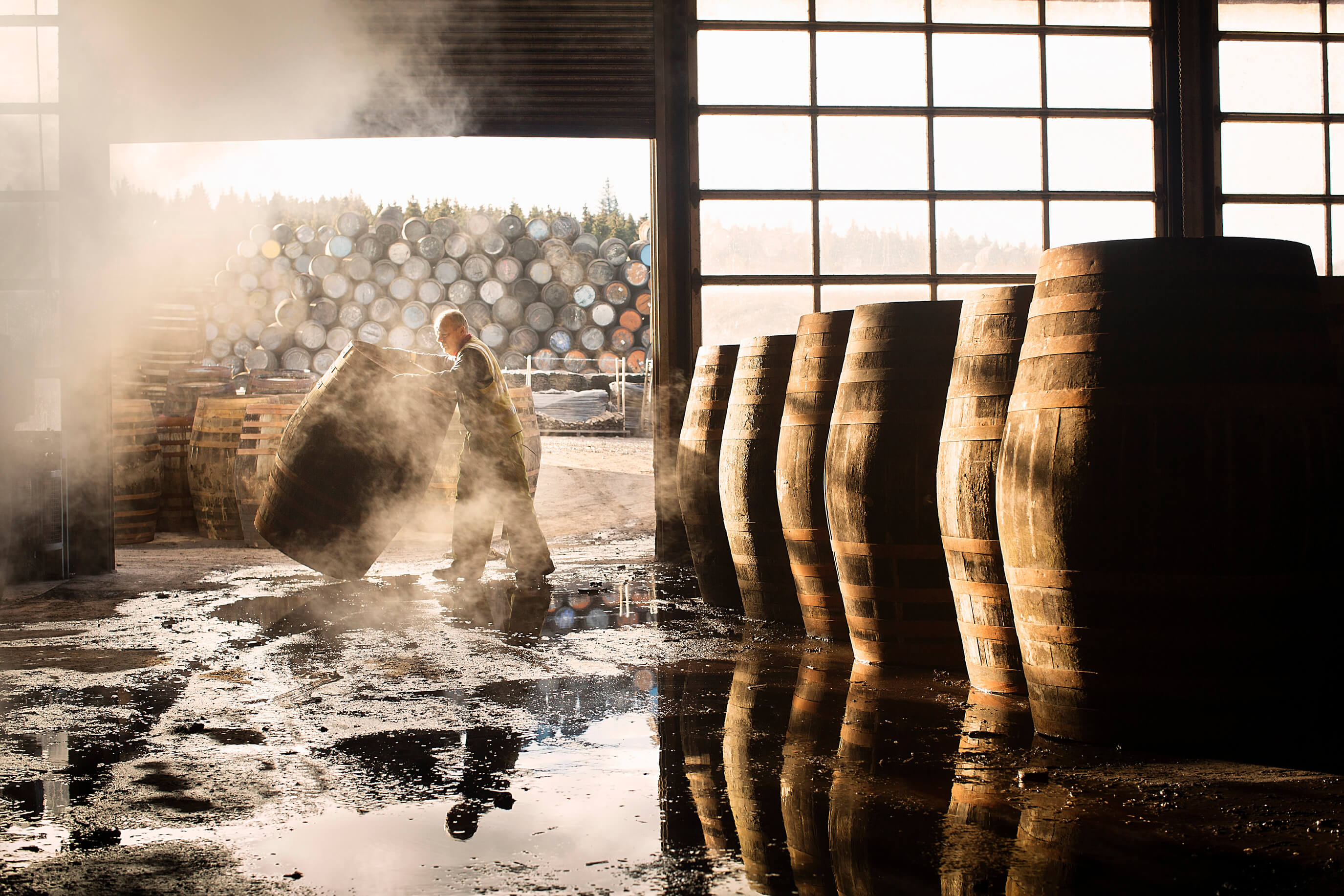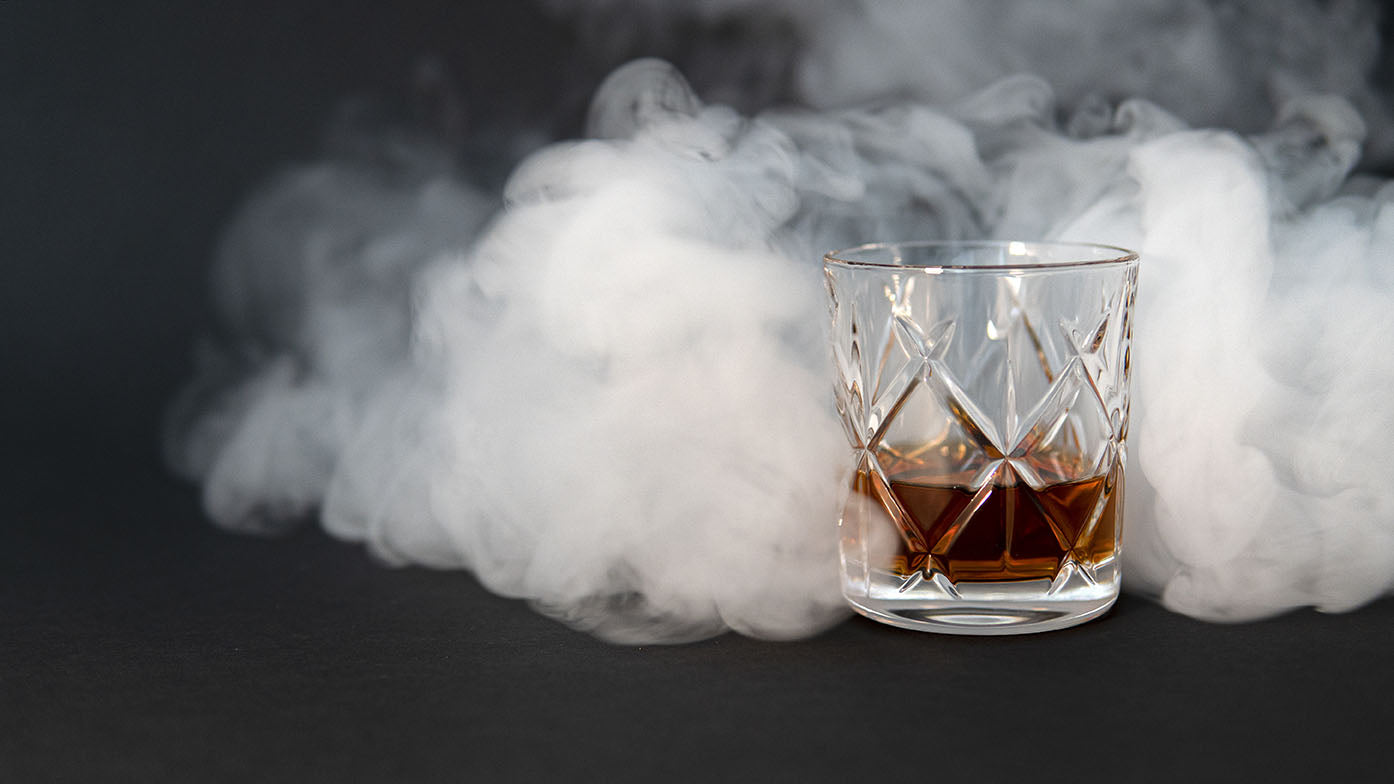
How is Scotch whiskey produced?
Scottish whisky, also known as "Scotch", is known and loved the world over for its unique and complex taste. But how is this famous drink actually produced? Let's take a closer look at the process.
Malting:
The production of Scotch whisky begins with malting, a process in which barley is soaked in water and then allowed to germinate. This creates the enzymes needed to convert the barley's starch into sugar. After a few days, the germination is stopped by drying the barley in a large oven.
Mashing:
The malted barley is then ground into a coarse flour called "grist." The grist is mixed with hot water in a large vessel known as a "mash tun." The water dissolves the sugar in the grist, creating a sweet liquid called "wort."
Fermentation:
The wort is transferred to a large container called a "washback", where yeast is added. The yeast converts the sugar in the wort into alcohol, a process that takes a few days and results in a strong, beer-like liquid known as "wash".
Distillation:
The wash is then distilled in large copper stills known as "pot stills". The distillation process is done twice. The first distillation is called "wash distillation" and the second is called "spirit distillation". After the second distillation you have a strong alcoholic liquid called "new make spirit".
Maturation:
The new make spirit is transferred to oak casks, where it is matured for a minimum of three years. During the maturation, the spirit interacts with the wood, giving the whisky its characteristic colour and flavour. The longer the whisky is matured, the more complex and refined its flavour becomes.
The production of Scotch whisky is a complex process that requires time, patience and expertise. The result is a drink with a rich and varied flavour that can be enjoyed in many different ways. So the next time you enjoy a glass of Scotch, you can appreciate all the hard work and years that have gone into making it. Cheers!

 English
English
 Dansk
Dansk Svenska
Svenska Deutsch
Deutsch
